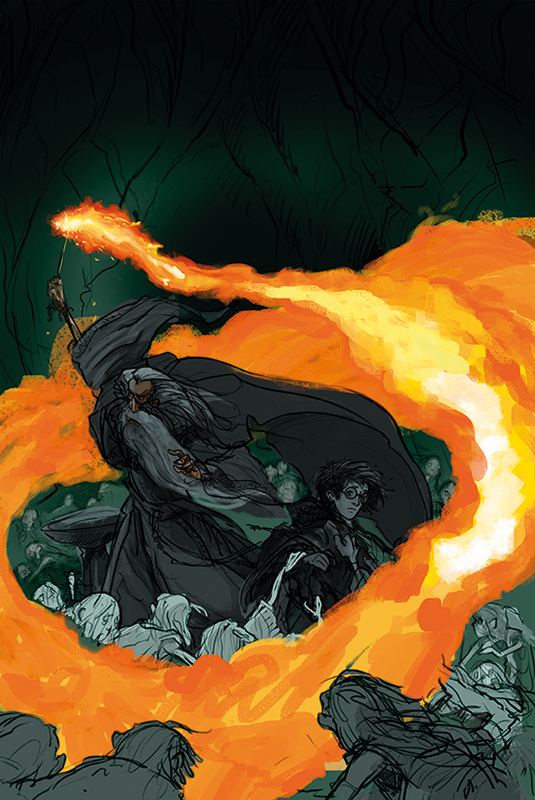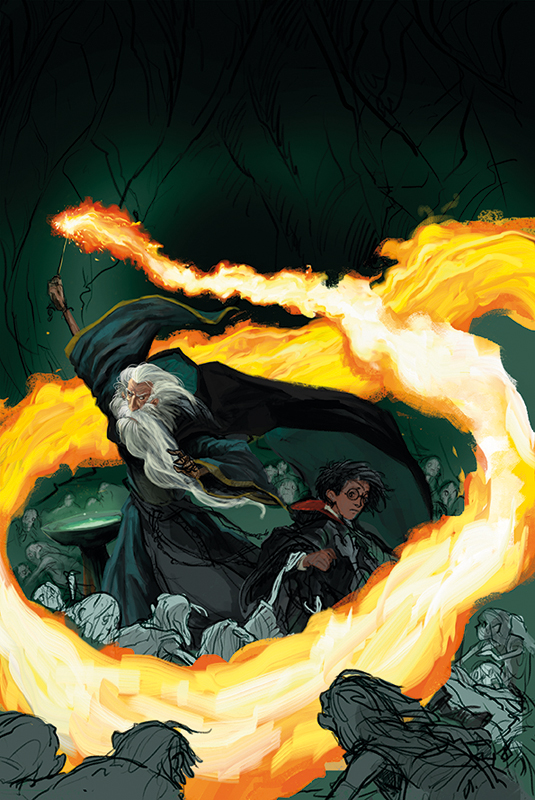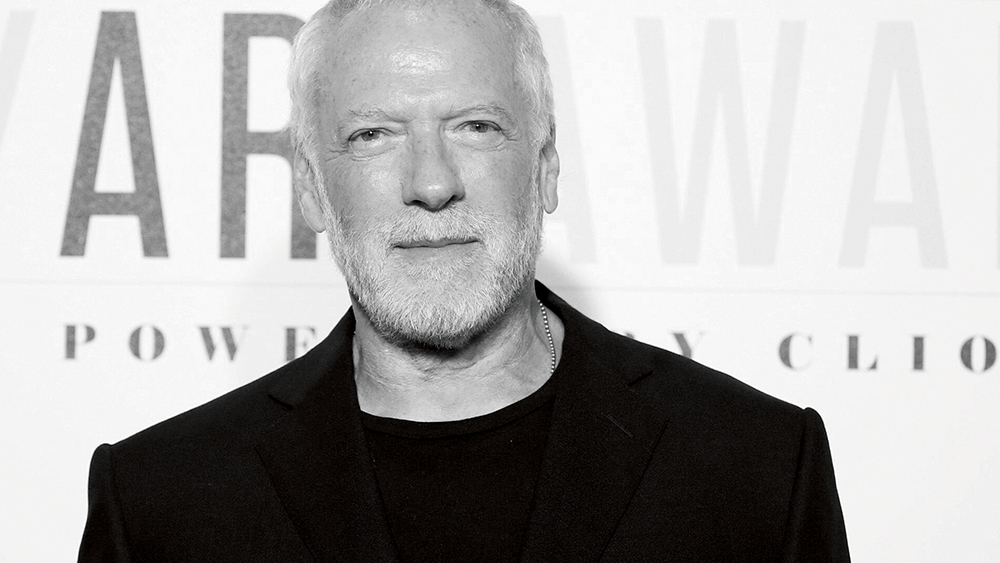How to paint a Harry Potter book cover
Illustrator Jonny Duddle reveals his approach for painting the children’s-edition cover for a reprint of Harry Potter and the Half-Blood Prince.

Back in the autumn of 2013, I was asked by Bloomsbury to create a test cover for Harry Potter and the Philosopher's Stone. A handful of artists were briefed to illustrate the moment when Harry, Ron and Hermione first see Hogwarts across the lake.
Hone your illustrator skills with these brilliant tutorials
The cover would be for a new set of children's editions, with the successful artist going on to illustrate the remaining six Harry Potter covers.
When I was offered the job, I was thrilled and terrified in equal measure. It was an incredibly exciting opportunity, tempered just a little by the fact that I'd never read a Harry Potter book, and had only seen the first film on its original cinematic release.
I realised that I had an awful lot of reading to do. More than a million words, in fact. Another worry was that the artwork I'd been producing for several years was very stylised and aimed at a much younger age group.
Bloomsbury wanted the new covers to attract a new generation of children, and the brief called for bright colours, action and an array of creatures, and would be more realistic than I'd been on any work for a long time.
My aim was to produce a set of covers that worked well together, with contrasting colours, compositions and themes, with just a little stylisation.
Daily design news, reviews, how-tos and more, as picked by the editors.
01. Templates!

It's vital to paint a cover to the right dimensions. This will be specified in the brief, including a 'bleed', usually 5mm all around, to allow for minor inaccuracies in printing and trimming. I have rulers showing (in mm) and use guides to line up everything.
02. Strong composition

Dumbledore's circle of flame both frames Harry and Dumbledore, and adds some depth by breaking up the layers of Inferi (the undead inhabitants of the lake). The first step is to block in a strong base colour, in Photoshop, with big textured brushes, bold marks and a free-flowing hand.
03. Brush Work

I want the flames to be full of movement and to really bring the cover painting to life. I flip between Photoshop and Painter in almost all of my work, and here I use a variety of Painter 12's Real Bristle and Flat Oil brushes, to build up layers of colour and texture.
Next page: more on how to paint a Harry Potter book cover

The Creative Bloq team is made up of a group of art and design enthusiasts, and has changed and evolved since Creative Bloq began back in 2012. The current website team consists of eight full-time members of staff: Editor Georgia Coggan, Deputy Editor Rosie Hilder, Ecommerce Editor Beren Neale, Senior News Editor Daniel Piper, Editor, Digital Art and 3D Ian Dean, Tech Reviews Editor Erlingur Einarsson, Ecommerce Writer Beth Nicholls and Staff Writer Natalie Fear, as well as a roster of freelancers from around the world. The ImagineFX magazine team also pitch in, ensuring that content from leading digital art publication ImagineFX is represented on Creative Bloq.
